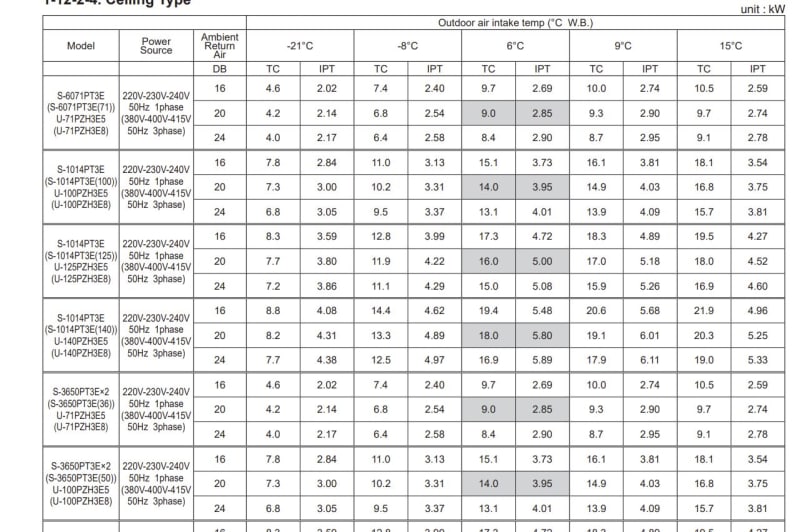To note all temps used are in Deg C
The design codes that I know of in Europe and UK don't have a requirement for emergency backup alternatives.
That said some installations have it but it depends what you install.
A2A refrigerant nothing.
Air to water
If you have a monoblock external its an additional module installed internal to building on the feedin line. But its optional most don't go for it unless they are trying to reduce the glycol loop.
If its an internal building compressor unit with outdoor heat exchange unit then they tend to have an in line immersion.
Personally I have a ground heat pump and it has a 9 kW backup heater which is used for sterilisation runs on the hot water system as well. You can limit it down to 3.5kW if you have supply capacity issues.
I could have set it up with a hybrid system with a 50kg bottle of propane and burner off the buffer tank which would be triggered by the heatpump controller but as we have wood burner fires in the house and a lack of space in the cellar and having to get the place gas certified I didn't
To be honest the heatpump scene is a mess this side of the pond with the push away from hydrocarbons both for transport and domestic heating.
The electrical capacity of buildings is an issue here as well in low temps. EV's charging over night and requiring batteries heated are just getting chucked in and nothing to cut them, in the event of the heating going into emergency mode.
There are also issues with people running the buildings at too low a temp for the defrost cycle to clear the outside unit in low temps.
Here is my local temps this year in Jan.
I had to rescue some one on the 7th who's unit snowballed and didn't have enough energy building internally to complete the defrost cycle. The local solution when it happens is to take a propane burner outside to the heat exchanger and melt the ice off. I got him to light all the wood fires in the house and get the temp up to 20 degs in all the rooms. Turn on all the multi indoor units and give the defrost cycle enough energy to work with. Took the house temp down to 15 degrees doing it,
But engineering philosophy wise. Why do heatpumps require more backup than conventional heating systems? Never seen a hydrocarbon burning heating system with electrical backup. The back up was always mobile electrical room heaters. And they all go when there is an electrical power cut.


